Careful site selection, policy and investment are required
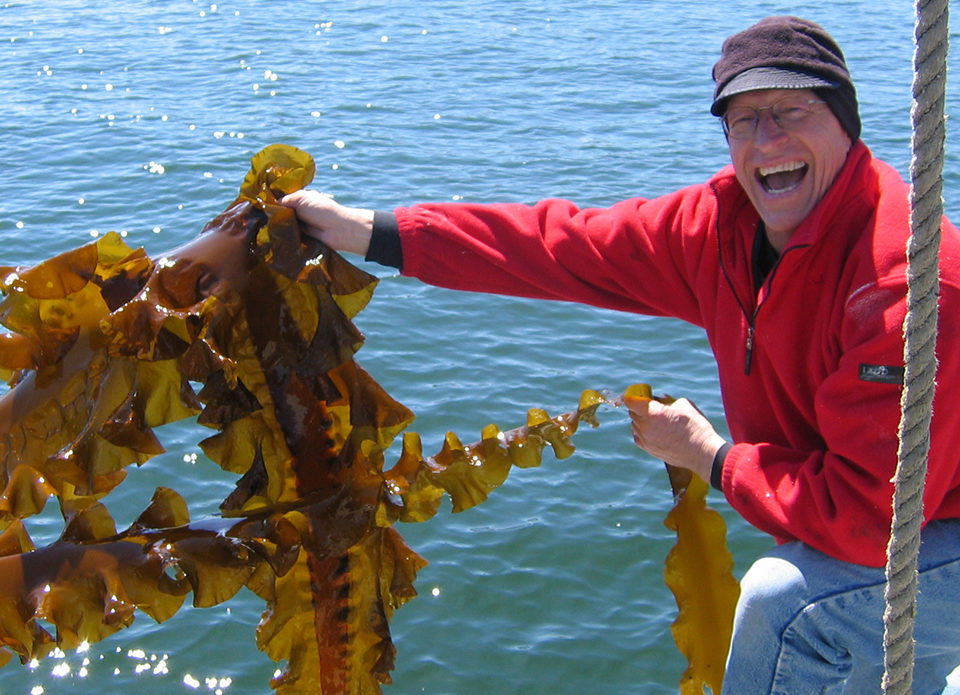
Even though aquaculture is known as “the world’s fastest-growing food-producing sector,” its current annual production of about 60 million metric tons (MT) is not even 1 percent of the world’s total current food supply.
If aquaculture is ever to contribute more significantly, it must evolve to become an integrated marine agronomy producing macroalgae (seaweeds) as its primary crop. It would then be more like terrestrial agriculture and have the potential to be self-sustaining – growing feed for its own aquatic livestock – and to contribute to future needs for human food by reaching into the vast and under-utilized expanses of the oceans.
Not new
Seaweed-based marine agronomy is not a new idea. In Asia, seaweed farming for food has been developed in several countries over the past 50 years. In China, over 10 million MT of seaweed is now farmed yearly. About half serves as food for the Chinese people, and much of the rest is processed for the extraction of marine colloids. Japan and South Korea are also major growers of seaweed. Japan pioneered the farming of Porphyra species, better known as “nori” in Japanese cuisine.
Today, with this experience in Asia and the growing realization that future human needs for both food and energy may exceed our capacity to produce them, people in the West are thinking again about seaweeds as a possible source of both.
How to get there?
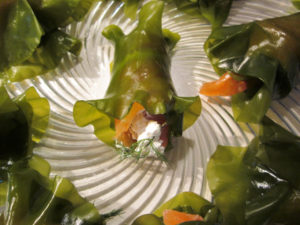
But the vision leaves open the question of how we get from here to there. The challenges are formidable and will need policy accommodation and sustained development effort to overcome. From a policy point of view, the idea needs deeper scrutiny as part of the broader food and energy security debate.
Given the likely environmental impacts of agricultural expansion, does the potential for large-scale ocean farming as an alternative merit the effort needed to make it happen? And, if the answer is yes, will people accept that this is a wise and necessary use of some of our ocean space? That is a big question, at least in many Western countries where aquaculture (especially fish farms) in coastal waters has often been contentious. Would the idea of seaweed farms be any less so? No matter that these might be located in areas well offshore eventually, development of the know how will initially need to be done in near-shore locations.
Nor will development be easy. There are big hurdles to overcome to farm in more exposed, deeper waters, yet this is where farms must eventually be if they are to produce on a scale that would add materially to global food production.
There are also challenges related to the supply of carbon dioxide and nutrients to seaweed farms if the plants are to grow optimally. Although there is an overabundance of carbon dioxide in the oceans and also of nutrients in some areas, the rate at which growing plants consume them must be matched by the rate at which they are made available in the water that flows past them. For big plantations, this can be problematic and will call for careful site selection and/or adaptive farm design.
Then there are matters of cost and how to process the raw seaweed to extract maximum value from it. Agriculture has had thousands of years to achieve its present levels of cost efficiency. Farming of seaweeds is new. Advances in farm design and operation, harvesting and processing, and the selection of seaweed strains for optimal performance all lay ahead.
We must be realistic about what might be possible today, but remain farsighted about what may be possible in the future. Activity in three areas suggests that these questions are now beginning to receive the attention they need.
Biofuels
First, there is resurgent interest in biofuel, with seaweed being promoted as a possible biomass source. The U.S. company Bio Architecture Lab, for example, is developing enzymes that will improve the efficiency of converting seaweed biomass into biofuel and has partnerships to commercialize the technology with Statoil in Norway, Empresa Nacional del Petróleo in Chile and DuPont in the United States. As discussed in a recent U.S. Department of Energy report (www.pnl.gov/publications/abstracts.asp?report=308267), this requires seaweed production on a large scale at low cost and, necessarily, the funding and momentum that such partnerships will generate will serve to advance the field in general.
In particular, development may well lead to an emphasis on the recovery of co-products as a means of increasing the value derived from the raw biomass. The most obvious co-product is food, or at least ingredients for animal feed. This is especially the case for co-production of biofuel and aquaculture feeds, because aquatic animal livestock do not need carbohydrate in their feed in the same way that terrestrial livestock do.
Integrated multitrophic aquaculture
A second activity driving development is integrated multitrophic aquaculture (IMTA). Its premise is that nutrients released by farmed fish can be recovered by seaweeds and invertebrates farmed alongside them. In this way, the potential for eutrophication is mitigated, and the productive capacity of near-shore aquaculture areas can be increased.
However, the system relies on external inputs of nutrients in feed. A future marine agronomy would internalize this dependence by growing its own feed ingredients and thereby be self-sustaining. IMTA development is a step toward this – an important one, because its focus on seaweeds will advance our knowledge of how to farm them and how to make best use of them once they are harvested.
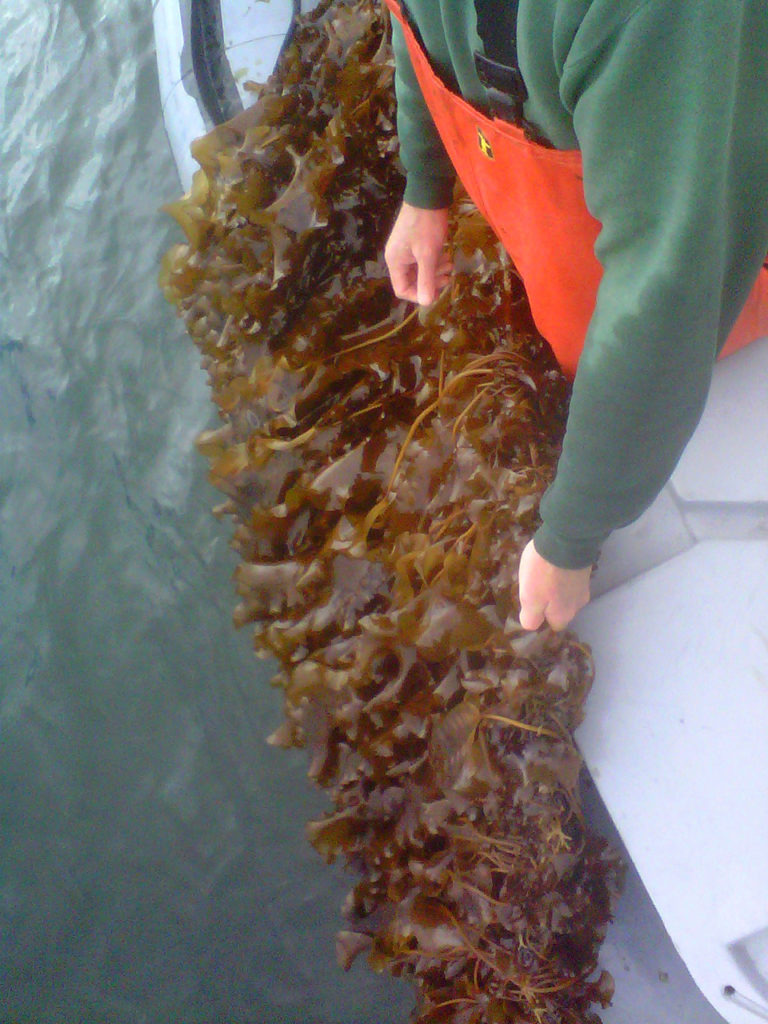
Ocean vegetables
The third development that promises to move this concept forward is the startup of new farms in Western countries to produce seaweeds as “ocean vegetables” for human consumption. This has the advantage that it can be done profitably on a small scale and the merit that it coincides with trends in society toward consumption of less meat and more vegetables.
An example of a company pursuing this idea is Ocean Approved in Maine, USA. With the tagline “Kelp, the Virtuous Vegetable,” it has been selling kelp noodles, kelp slaw and other products to Whole Foods and other specialty stores in the northeastern U.S. for three years.
Starting with seaweed harvested from natural beds off the coast of Maine, it seeded its first farm ropes in 2010. This year it harvested its first farmed product and will shift to all farmed production. It is a small start, but as the first coastal seaweed farm in the United States, it will demonstrate the opportunity and develop the know-how on which a bigger industry can be built.
Increasing human demand
It is worth remembering that 39 years from now, as the United Nations Food and Agriculture Organization projects (www.fao.org/news/story/en/item/35571), we will need to grow 70 percent more food to meet increasing human demand. That is 5 billion MT annually with the use of all the land, freshwater and fertilizer that this implies.
The idea that food might be grown at sea without these inputs is surely something to consider in planning for our future food security. The advances described above are helping to keep that option open. But policy innovations are needed, too, and that calls for a long-term vision of what these early efforts might, one day, be able to achieve.
(Editor’s Note: This article was originally published in the September/October 2011 print edition of the Global Aquaculture Advocate.)
Author
-
Dr. John Forster
Forster Consulting Inc.
533 East Park Avenue
Port Angeles, Washington 98362-6937 USA
Tagged With
Related Posts
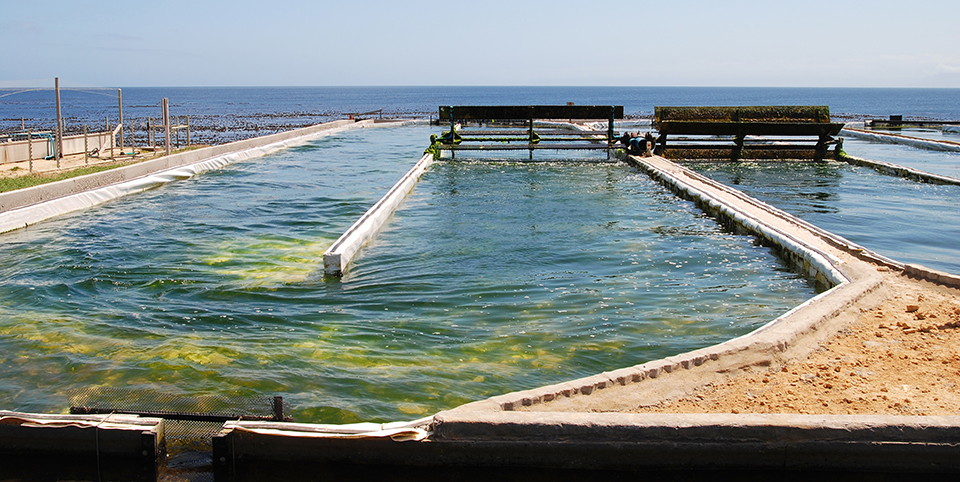
Responsibility
Seaweed mariculture provides feed, green energy production, bioremediation
Under cultivation, macroalgae grow rapidly and synthesize large amounts of carbon/energy reserves while utilizing wastewater. Seaweed can remove pollutants from industrial agriculture effluent and reduce coastal eutrophication.

Responsibility
A look at integrated multi-trophic aquaculture
In integrated multi-trophic aquaculture, farmers combine the cultivation of fed species such as finfish or shrimp with extractive seaweeds, aquatic plants and shellfish and other invertebrates that recapture organic and inorganic particulate nutrients for their growth.
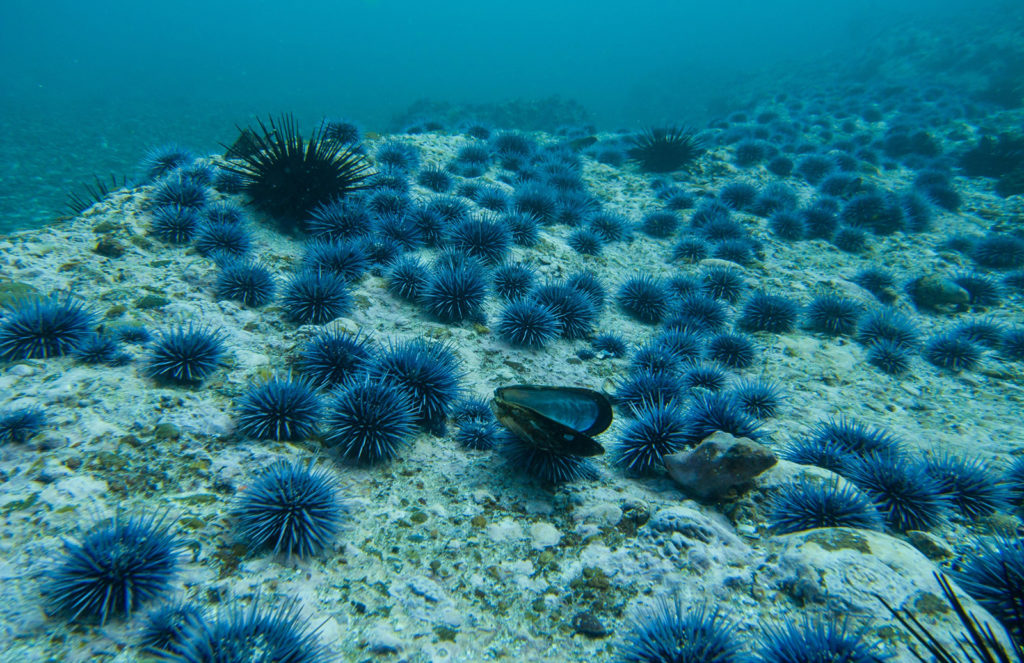
Responsibility
Can ranching ‘zombie urchins’ boost uni, save kelp forests?
With Norwegian knowledge and a partnership with Mitsubishi, Urchinomics aims to turn worthless empty urchins into valuable seafood while restoring kelp forests and creating jobs.
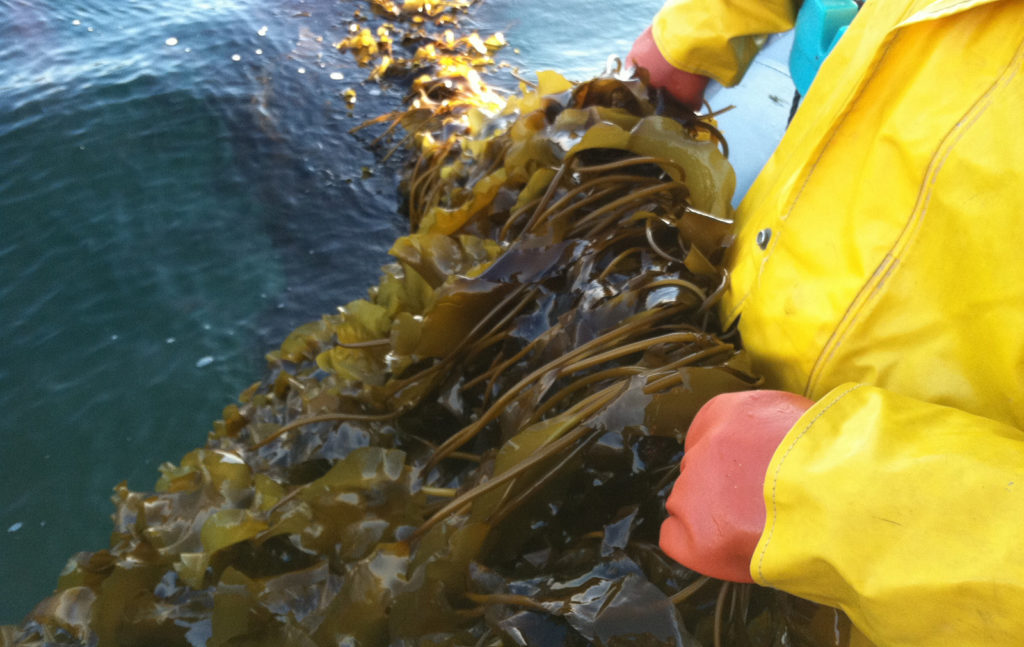
Responsibility
Lean and green, what’s not to love about seaweed?
Grown for hundreds of years, seaweed (sugar kelp, specifically) is the fruit of a nascent U.S. aquaculture industry supplying chefs, home cooks and inspiring fresh and frozen food products.


